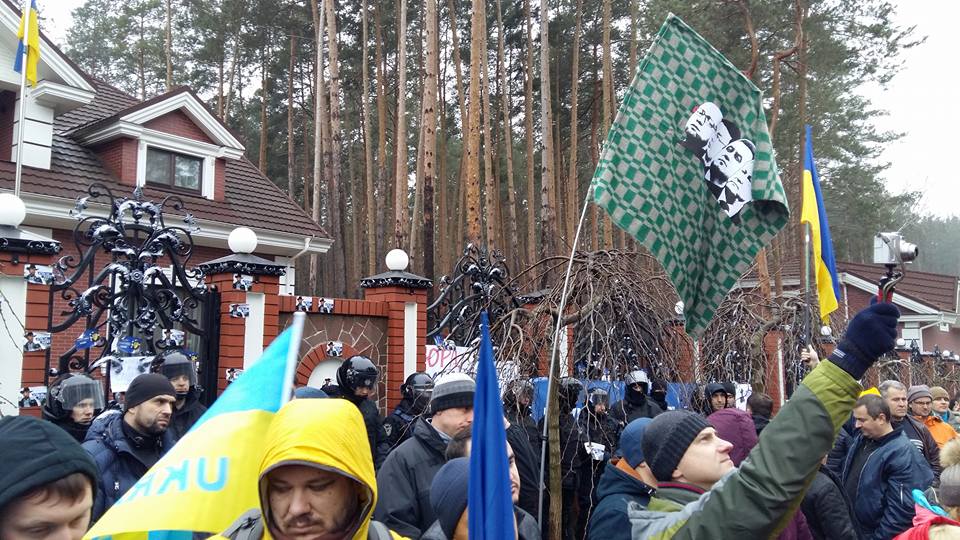SOME REFERENCES:
BBC Ukraine report on the first ambush for Auto-Maidan on 23 Jan:
http://www.bbc.co.uk/ukrainian/news/2014/01/140123_berkut_automaidan_rl.shtml
Missing Auto-Maidan activists:
http://www.dw.de/автомайдан-шукає-своїх-активістів/a-17383543
The story of Medvedchuk’s fence
http://www.pravda.com.ua/rus/news/2013/12/29/7008823/
Yuriy Dzhygyr
From Eurolution.doc
Related stories:
Kangaroo Courts, Ukrainian-Style. Folk Heroes Become Hostages of the Regime





